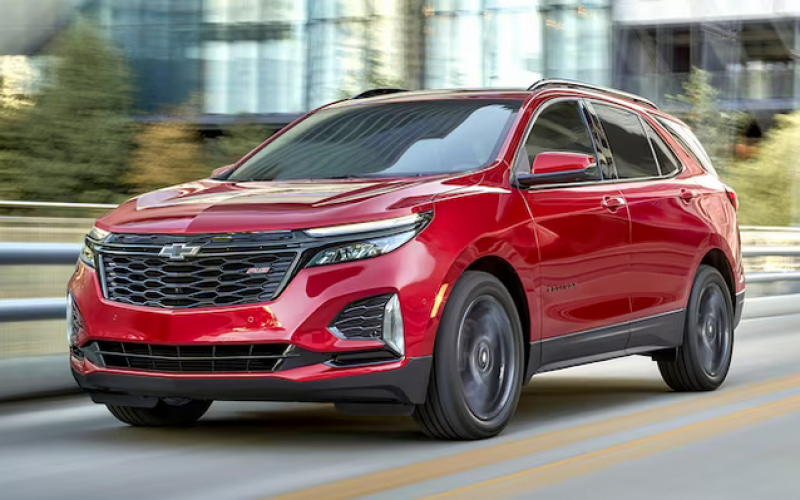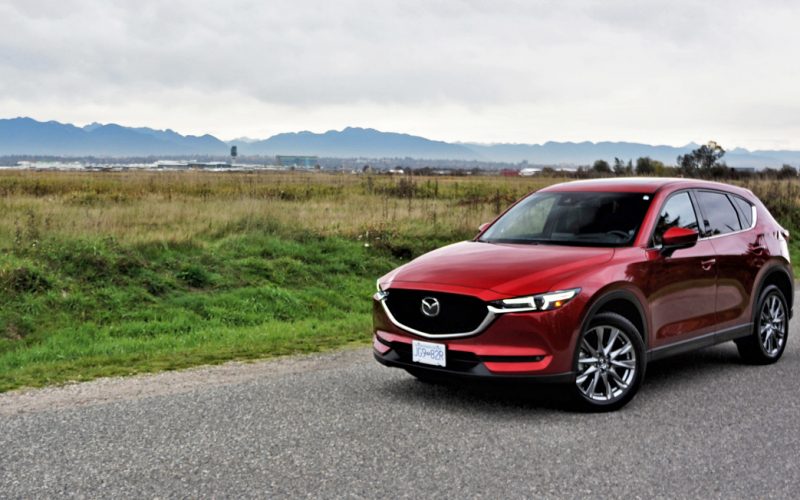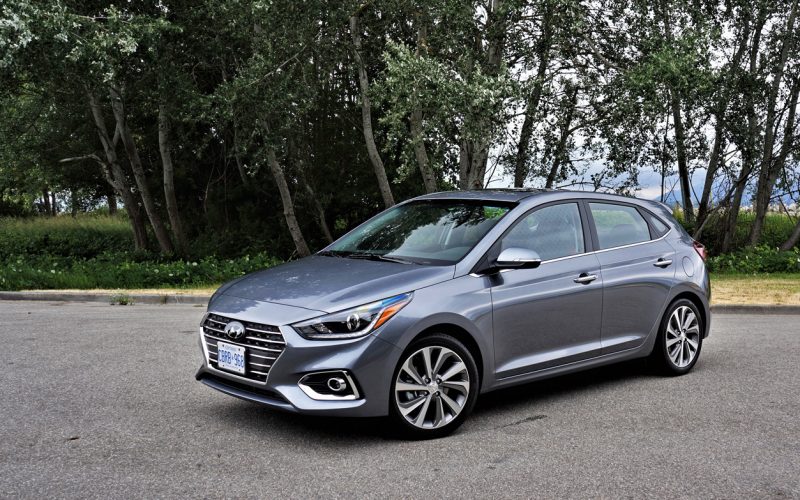
Reading Time: 3 minutesWhen considering a compact SUV, it’s essential to compare offerings from both domestic and international car

Reading Time: 17 minutesIf I loved Toyota’s Highlander Hybrid any more, it would be a Hyundai Palisade hybrid. I

Reading Time: 10 minutesAnticipation. Sometimes it’s better than the real thing. Just think back to someone you fell head

Reading Time: 12 minutesHyundai’s popular Accent hasn’t changed all that much since generation-five was introduced for the 2018 model
© 2025 The Car Magazine. All Rights Reserved, Privacy Policy | Terms of Use